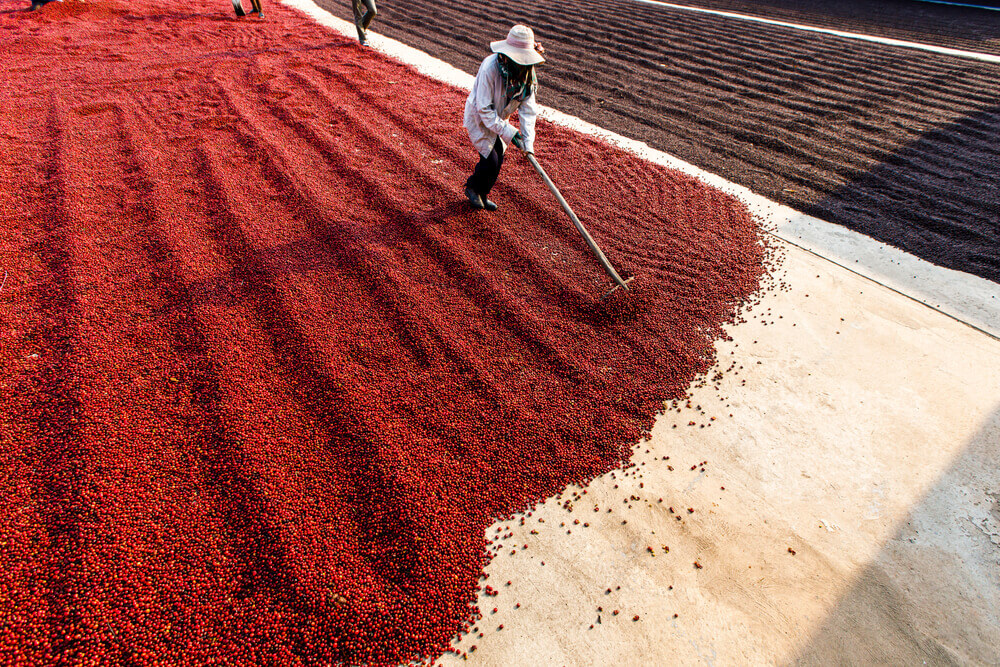On Wednesday, coffee prices went down due to favorable weather conditions and ease in the flooding issues in fields.
Coffee futures for May delivery declined by -2.14% to $170.03 per metric ton on March 29’s Asian afternoon session.
Arabica dropped to a two-month low as the good growing situation in Brazil caused a fund-selling of the commodity. In addition, the drier weather enables farmers to return to fields to apply fertilizers and pesticides.
On Monday, Brazil’s Minas Gerais, its largest arabica growing region, received 16.80mm of rain in the week ended March 26. Besides, the region is responsible for almost 30.00% of the Brazil coffee crop.
Meanwhile, robusta is being weighed down due to Vietnam’s General Statistics report of March exports rising to 9.20% year-on-year. This equates to 230,000.00 metric tons. Vietnam is the top producer of these beans.
Furthermore, according to analysts, a supply recovery is a disadvantage for prices. ICE robusta coffee storage went up to a 3-1/2 month high. Also, it was reported that green inventories increased by 5.90% YoY to 6.11 million bags.
Meanwhile, the International Coffee Organization speculated that the global 2022/23 market would face a deficit for a second year. It would follow a 4.00 million to 5.00 million bag deficit amid arabica crop distress.
Saudi Arabia to Sign International Coffee Deal
According to analysts, Saudi Arabian officials authorized its acquisition of the International Coffee Agreement on Wednesday.
It is a global commodity contract between the bean-producing and consuming countries. The agreement mainly used export quotas to shift prices.
To increase the Kingdom’s coffee outputs, the Public Investment Fund opened Saudi Coffee Co. Its target is to boost production by over 700.00% in just five years.
Currently, the firm can produce around 300.00 tons of coffee a year. However, it is aiming to reach a 2,500.00-ton production.
According to a report, Saudi Arabia’s consumption increased by 4.00% between 2016 and 2021. Furthermore, it is forecasted to increase by 5.00% yearly to 2026, hitting an anticipated consumption of 28,700.00 tons annually.










